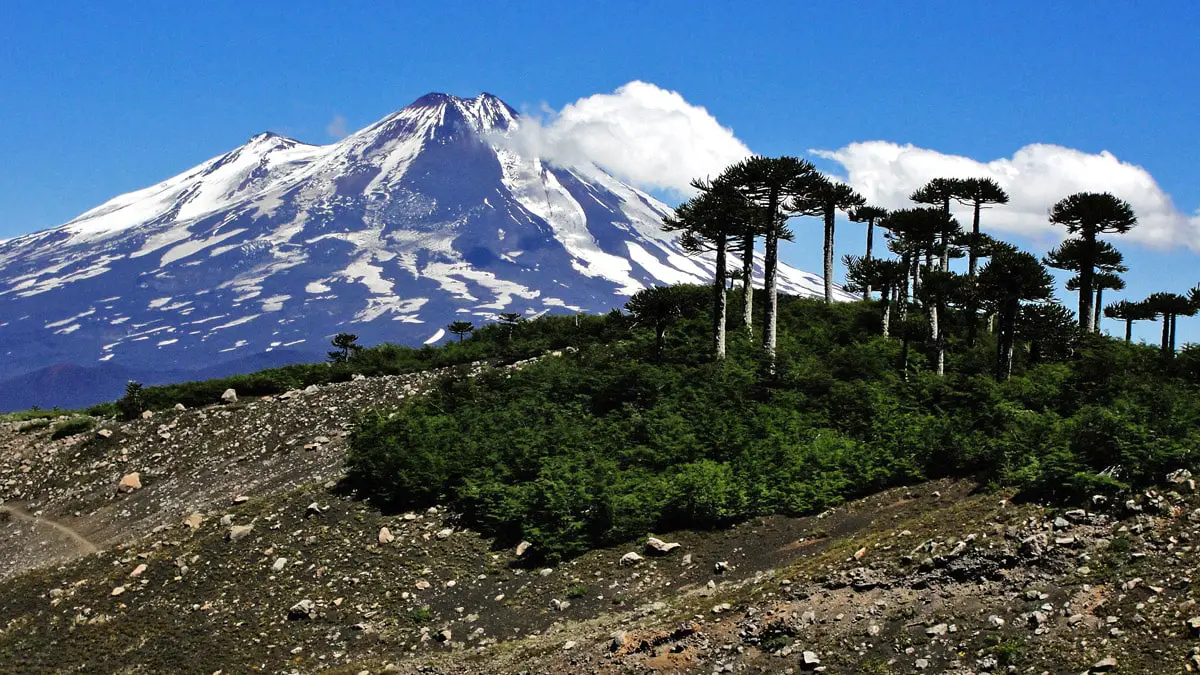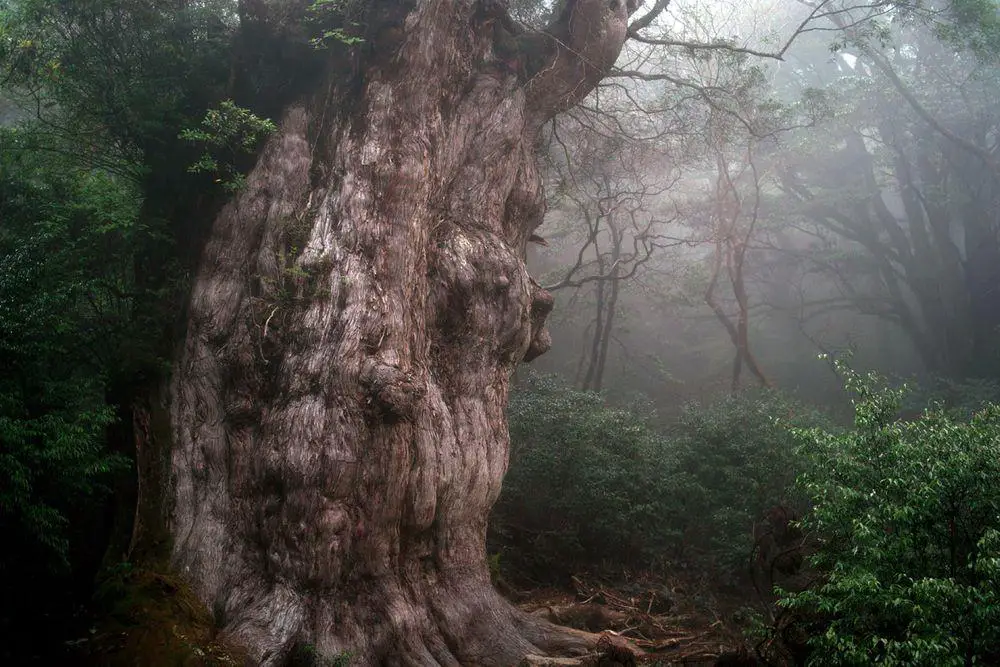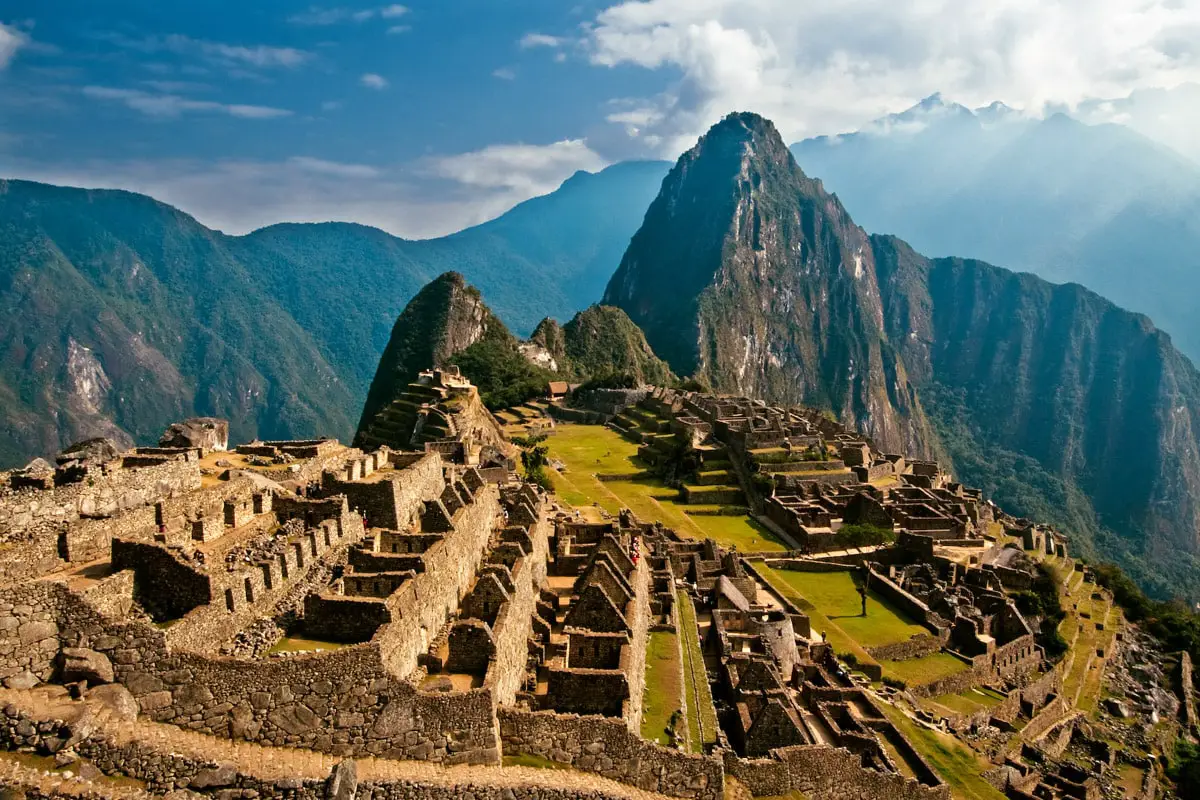Wonder
Dendroseris neriifolia – one of the rarest trees in the world
 In short
In short
One of the most rare trees in the world is Dendroseris neriifolia. There are known only two trees, both growing in eroded ravine – Quebrada Lápiz – in the eastern part of Robinson Crusoe Island.
 35.3%
35.3%
GPS coordinates
Location, address
Species
Map of the site
If you see this after your page is loaded completely, leafletJS files are missing.
 In detail
In detail
Relatives of sunflowers
Robinson Cruzoe Island rose above the sea level some 3.8 – 4.2 million years ago. Since then here has evolved unique plant and animal life – f.e. the forest on Robinson Crusoe Island has only endemic tree species – the trees of this forest do not grow anywhere else!
Some of these trees belong to the genus Dendroseris. These plants are relatives of sunflowers, from Asteraceae family – but are growing only on the islands of Juan Fernández archipelago. These plants are trees or shrubs, with rare branches, adorned with rosettes of elongated leaves. The species of genus are very diverse and sometimes scientists have considered that these plants belong to four different genus.
There are 11 species of this genus on the islands – all are rare:
- Dendroseris berteroana – Robinson Crusoe Island. Species always has been very rare,
- Dendroseris gigantea – Alejandro Selkirk Island. Only one sample survives in the wild!
- Dendroseris litoralis – Robinson Crusoe Island, Santa Clara Island. Once very common in lowland forest of Robinson Crusoe Island. At one moment in the 1980s only 3 plants remained. Beautiful orange flowers. Some plants are grown in local gardens.
- Dendroseris macrantha – Robinson Crusoe Island
- Dendroseris macrophylla – Alejandro Selkirk Island
- Dendroseris marginata – Robinson Crusoe Island
- Dendroseris micrantha – Robinson Crusoe Island
- Dendroseris neriifolia – Robinson Crusoe Island
- Dendroseris pinnata – Robinson Crusoe Island. Beautiful, palm-like tree.
- Dendroseris pruinata – Robinson Crusoe Island and Santa Clara Island, once very common in lowland forests
- Dendroseris regia – Alejandro Selkirk Island
Endangered tree
Dendroseris neriifolia is large tree (if allowed to grow) with small yellow-white flowers and elongated leaves.
Just like other members of this genus, this plant is endangered by the introduced species of plants, soil erosion, and especially: by the grazing by rabbits.
In 2011 there were known only two plants in the wilderness – both in Quebrada Lápiz.
Several more were grown in gardens in the main village of the island – San Juan Bautista. From time to time there are planted saplings of the tree in the wild – but, unfortunately, most are killed by rabbits sooner or later.
References
- Daniel J. Crawford, Tao Sang, Tod F. Stuessy, Seung-Chul Kim and Mario Silva O. Dendroseris (Asteraceae: Lactuceae) and Robinsonia (Asteraceae: Senecioneae) on the Juan Fernandez Islands: similarities and differences in biology and phylogeny. Evolution and Speciation of Island Plants. 1998.
- Tao Sang, Daniel J. Crawford, Sueng-Chul Kim, Tod F. Stueddy. Radiation of the Endemic Genus Dendroseris (Asteraceae) on the Juan Fernandez Islands: Evidence from Sequences of the ITS Regions of Nuclear Ribosomal DNA. Accessed in 08.01.2012.
- Arkive, Dendroseris (Dendroseris neriifolia) – images. American Journal of Botany, Vol 81, Issue 11, November 1994. Accessed in 08.01.2012.
 Linked articles
Linked articles

Wonders of Chile
The natural and man-made heritage of Chile is very diverse, also thanks due to the extreme length of the country extending from the driest deserts in the north to the most southern historical inhabited lands of the world in Patagonia. Highlights of Chile are magnificent views of Patagonian Andes and fjords, the volcanic landscape of Northern and Central Chile, and the driest desert of the world – the Atacama.

Trees
The category includes some of the most impressive and interesting separate trees in the world. The total number of tree species in the world still is a wild guess – maybe 10,000 and maybe 100,000 but most likely somewhere in between. Every month there are reported new tree species from the whole world, including Western Europe.

Wonders of South America
There is little doubt – South America is one of the most spectacular… maybe the most spectacular continent of the world.
There is located the second-highest mountain chain in the world, the largest rainforest, the tallest volcanoes, and the tallest and largest waterfalls. The highest biological diversity in the world is reached somewhere near the eastern ranges of the Andes in Ecuador, Peru, or Colombia.
 Recommended books
Recommended books
A Wildlife Guide to Chile
This is the first comprehensive English-language field guide to the wildlife of Chile and its territories–Chilean Antarctica, Easter Island, Juan Fernández, and San Félix y San Ambrosio. From bats to butterflies, lizards to llamas, and ferns to flamingos, A Wildlife Guide to Chile covers the country’s common plants and animals. The color plates depict species in their natural environments with unmatched vividness and realism.
Plants of Oceanic Islands
Bringing together results from over 30 years of research on the Juan Fernández Archipelago off the coast of Chile, this book offers comprehensive coverage of the plants of these special islands. Despite its remote setting in the southeastern Pacific Ocean, the Juan Fernández Archipelago is in many ways an ideal place to ask and attempt to answer basic questions regarding the evolution of vascular plants in an oceanic island environment.


